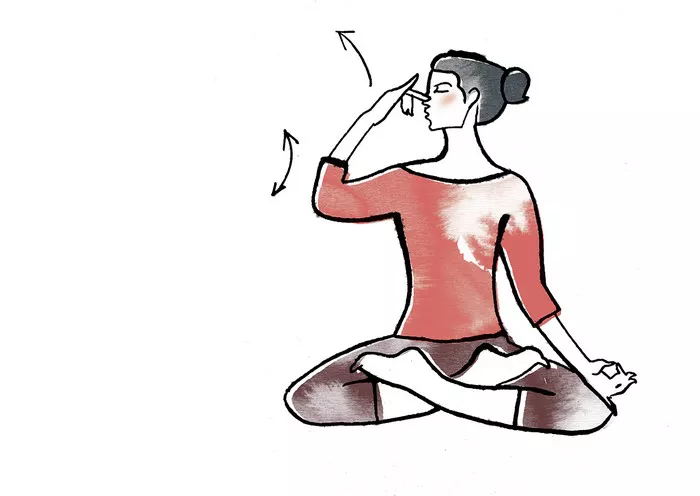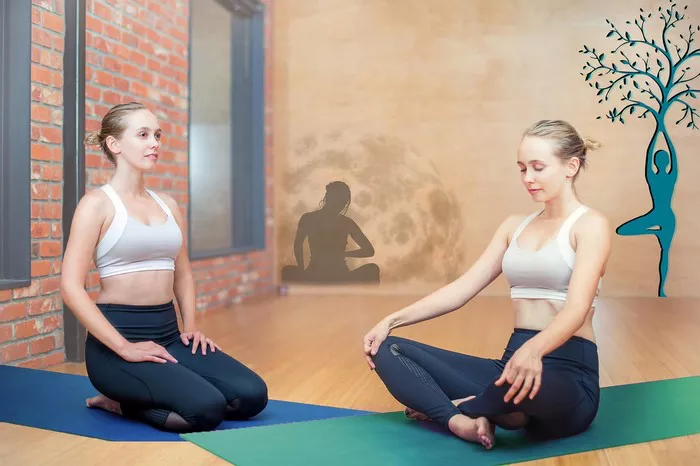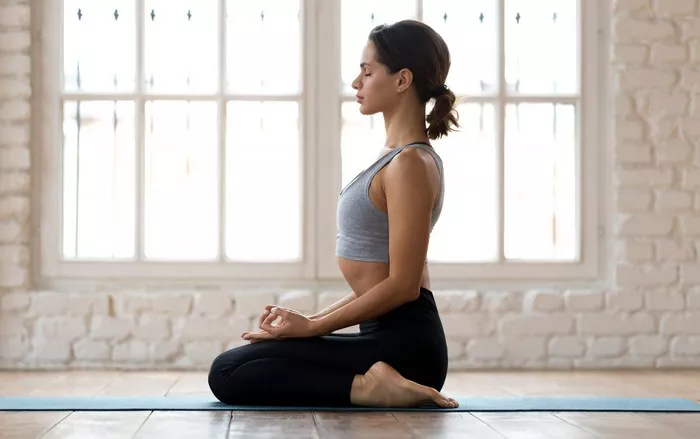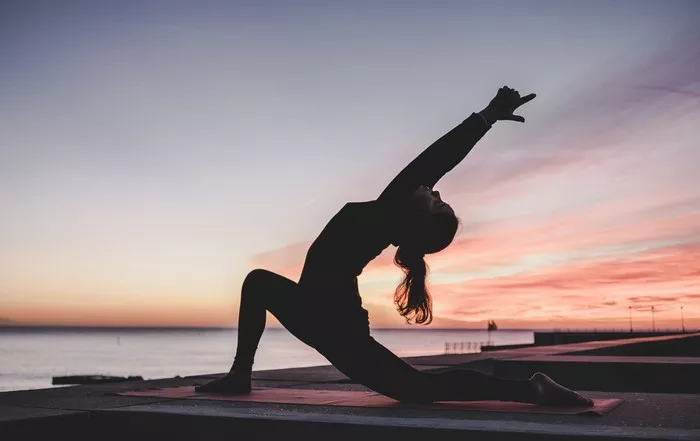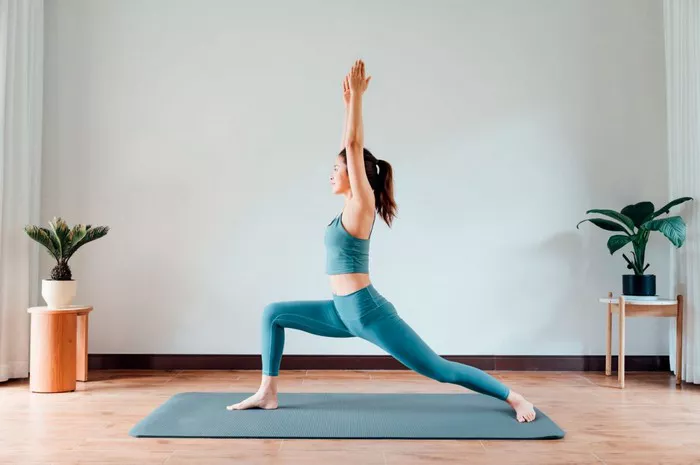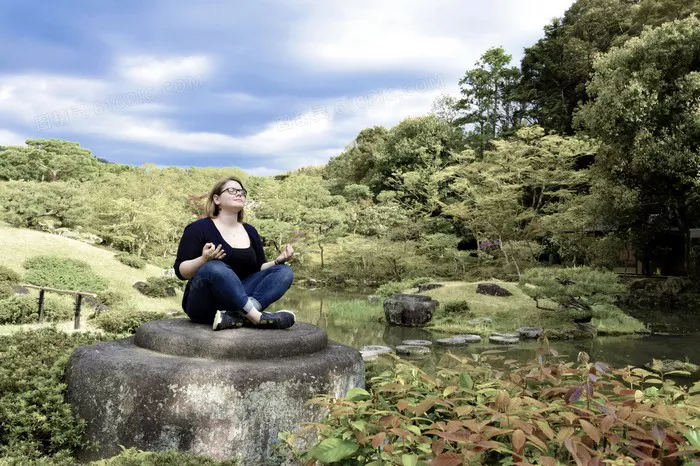Kriya Yoga, a powerful and ancient form of yoga, focuses on the integration of mind, body, and spirit through specific practices that include meditation, breath control (pranayama), and physical postures (asanas). It is a path of spiritual growth that leads to self-realization, and many practitioners believe it is one of the most effective ways to experience inner peace, stillness, and heightened consciousness.
Though Kriya Yoga is often discussed in the context of meditation and breathwork, physical postures (asanas) also play a crucial role. These asanas, performed in conjunction with breath control and focused attention, help purify the body and mind, making it easier for practitioners to meditate deeply and experience spiritual awakening.
One common question that arises among yoga enthusiasts is: “How many asanas are in Kriya Yoga?” The answer, however, is not straightforward. The practice of Kriya Yoga is dynamic, and the number of asanas is not fixed. It depends on the specific tradition, the goals of the practitioner, and the level of experience.
To understand the relationship between asanas and Kriya Yoga, we need to explore the purpose of asanas in Kriya Yoga, the most common asanas practiced in this tradition, and how they contribute to the overall spiritual journey.
Understanding the Role of Asanas in Kriya Yoga
In the broader context of yoga, asanas are designed to purify the body and prepare it for meditation. The physical postures help stretch, strengthen, and align the body, remove blockages, and increase the flow of energy (prana) throughout the system. This physical preparation is essential for the practitioner to sit comfortably and meditate for extended periods without discomfort or distraction.
Kriya Yoga, while being rooted in meditation and breath control, also emphasizes the importance of a healthy and balanced physical body. The asanas in Kriya Yoga work on both the physical and energetic levels. By practicing specific postures, practitioners can release tension, relax the nervous system, and remove blockages in the energy channels (nadis). This allows for greater energy flow and a heightened awareness of the subtle aspects of the self.
Kriya Yoga practitioners often combine asanas with pranayama (breathing exercises), mudras (hand gestures), and bandhas (body locks) to enhance the benefits of the physical postures. This combination creates a powerful system of practices that can lead to spiritual awakening and self-realization.
Common Asanas in Kriya Yoga
Kriya Yoga does not have a rigid set of asanas that must be practiced, but there are several key postures that are commonly incorporated into Kriya Yoga sessions. These asanas are chosen for their ability to balance the body, clear energy blockages, and prepare the practitioner for deeper meditation.
Here are some of the most common asanas in Kriya Yoga:
1. Padmasana (Lotus Pose)
Padmasana, or the Lotus Pose, is one of the most recognized yoga postures. It is often considered the ultimate seated posture for meditation. In Kriya Yoga, Padmasana is used to stabilize the body and create a sense of groundedness while meditating. The pose opens the hips and strengthens the spine, allowing energy to flow freely through the body. It is believed to activate the root chakra, enhancing a sense of stability and connection to the earth.
To perform Padmasana, sit on the floor with your legs extended in front of you. Bend your knees and place each foot on the opposite thigh, keeping your spine straight and your hands resting on your knees in a mudra. This position helps calm the mind and promotes deep concentration.
2. Sukhasana (Easy Pose)
Sukhasana, or Easy Pose, is a simple cross-legged seated posture often used as a starting position for meditation. In Kriya Yoga, this asana is used to calm the mind and create a relaxed but alert state. It is ideal for beginners or those who are unable to sit in the more advanced Padmasana. Sukhasana provides a stable base for meditation and helps open the hips, lengthen the spine, and create a sense of peace and balance.
3. Tadasana (Mountain Pose)
Tadasana, or Mountain Pose, is a fundamental standing posture that helps improve posture, increase balance, and cultivate mindfulness. It is often used as a warm-up before deeper asanas or meditation. In Kriya Yoga, Tadasana helps to activate the root chakra and promotes a sense of grounding. The pose requires the practitioner to stand tall with feet together, legs engaged, and arms at the sides, while breathing deeply and focusing on the alignment of the body.
4. Bhujangasana (Cobra Pose)
Bhujangasana, or Cobra Pose, is a backbend that opens the chest, strengthens the spine, and stimulates the flow of prana throughout the body. In Kriya Yoga, it is often used to open the heart chakra, enhance flexibility, and prepare the body for seated meditation. Bhujangasana helps release tension from the lower back and can alleviate stress and fatigue.
To perform Cobra Pose, lie on your stomach with your palms placed on the floor beneath your shoulders. Press into your hands to lift your chest off the ground, keeping your elbows close to your body. Arch your back and open your chest, breathing deeply as you hold the pose.
5. Setu Bandhasana (Bridge Pose)
Setu Bandhasana, or Bridge Pose, is another backbend that strengthens the spine, opens the chest, and stretches the hips. It is commonly practiced in Kriya Yoga to release tension in the back and promote the free flow of prana. Setu Bandhasana also activates the throat chakra, helping to balance communication and expression.
To practice Bridge Pose, lie on your back with your knees bent and feet flat on the floor. Press your feet into the ground as you lift your hips, creating a bridge-like shape with your body. Keep your shoulders and arms on the ground, and breathe deeply as you hold the posture.
6. Adho Mukha Svanasana (Downward-Facing Dog)
Adho Mukha Svanasana, or Downward-Facing Dog, is a pose that strengthens the arms, legs, and core while stretching the spine and relieving tension in the body. This asana is often included in Kriya Yoga as part of a sequence to prepare the body for meditation. It helps to invigorate the body, improve circulation, and calm the mind.
To perform Downward-Facing Dog, start on your hands and knees. Lift your hips toward the ceiling and straighten your arms and legs, creating an inverted V shape with your body. Keep your feet hip-width apart and your hands shoulder-width apart. Hold the position while breathing deeply, allowing your body to stretch and relax.
7. Viparita Karani (Legs-Up-the-Wall Pose)
Viparita Karani, or Legs-Up-the-Wall Pose, is a restorative pose often used to relax the body and calm the nervous system. In Kriya Yoga, it is practiced to release stress, improve circulation, and prepare the body for deep meditation. This pose helps to reset the energy in the body, particularly after a period of intense physical activity or meditation.
To practice this pose, lie on your back and extend your legs up against a wall. Keep your arms by your sides and breathe deeply as you relax into the pose. It is a simple yet effective asana that promotes relaxation and balance.
8. Uttanasana (Standing Forward Bend)
Uttanasana, or Standing Forward Bend, is a pose that stretches the hamstrings, releases tension in the back, and calms the mind. It is often included in Kriya Yoga practices to release accumulated stress and promote flexibility in the body. Uttanasana also stimulates the root and crown chakras, promoting a sense of groundedness and spiritual connection.
To perform Uttanasana, stand with your feet hip-width apart and bend forward from the hips, allowing your head to hang toward the floor. Reach your hands to the ground or hold onto your ankles. Breathe deeply and hold the position for a few breaths.
9. Trikonasana (Triangle Pose)
Trikonasana, or Triangle Pose, is a standing asana that stretches the legs, opens the hips, and strengthens the torso. In Kriya Yoga, it is used to increase stability and balance, both physically and mentally. Trikonasana also stimulates the solar plexus chakra, which is associated with personal power and will.
To practice Triangle Pose, stand with your feet wide apart and extend your arms to the sides. Reach one hand toward your foot while the other hand extends toward the ceiling, forming a straight line with your arms. Keep your legs engaged and your spine straight as you hold the pose.
The Role of Asanas in Preparing the Body for Kriya Meditation
While the number of asanas in Kriya Yoga is not fixed, it is important to understand that the primary goal of the physical postures is to prepare the body for deep meditation. By practicing asanas, the practitioner builds physical strength, flexibility, and energy awareness, all of which are essential for meditation.
The postures help to create a sense of calm and focus in the mind, which is crucial for achieving the meditative states that Kriya Yoga aims to cultivate. As practitioners become more attuned to their physical body and energy flow, they can access higher levels of consciousness and spiritual insight during meditation.
Conclusion
In Kriya Yoga, the number of asanas is not as important as the intention and awareness with which they are practiced. The key is to use the postures to purify the body and mind, increase energy flow, and prepare for deep meditation. While there is no definitive list of asanas in Kriya Yoga, the postures commonly practiced in this tradition are chosen for their ability to enhance physical, mental, and spiritual health.
Whether you are a beginner or an experienced practitioner, the journey through Kriya Yoga’s physical postures can be transformative. By integrating asanas with breathwork and meditation, you can unlock the full potential of this powerful practice, ultimately leading to greater peace, clarity, and self-realization.
Remember, the practice of Kriya Yoga is not about perfection or completing a specific number of asanas. Instead, it is about cultivating mindfulness, developing inner balance, and progressing on the path to spiritual awakening.
Related Topics:

